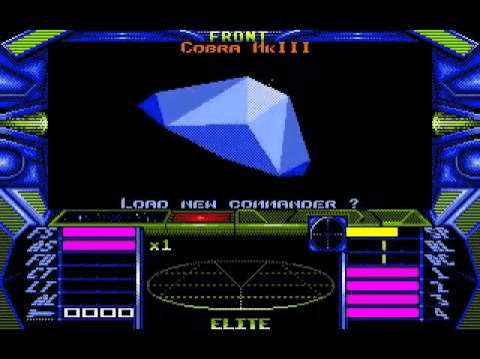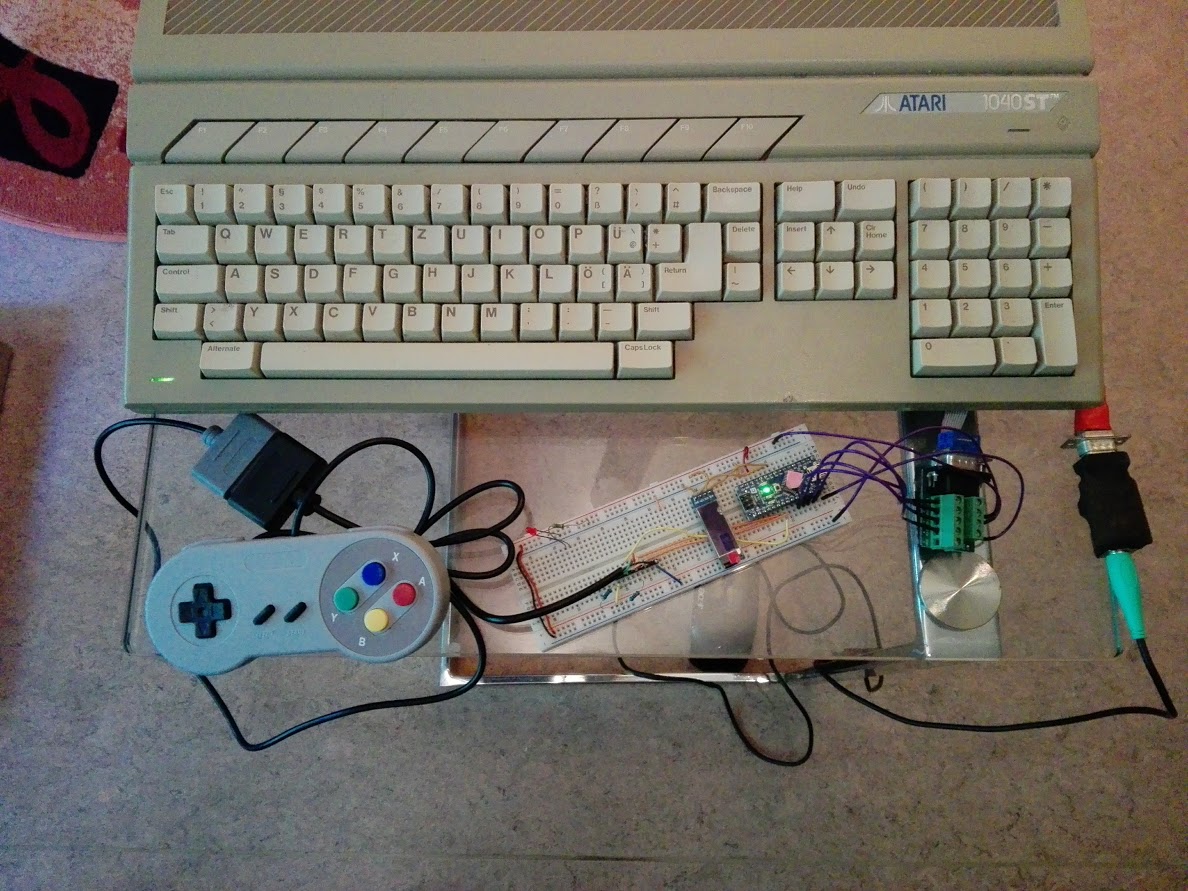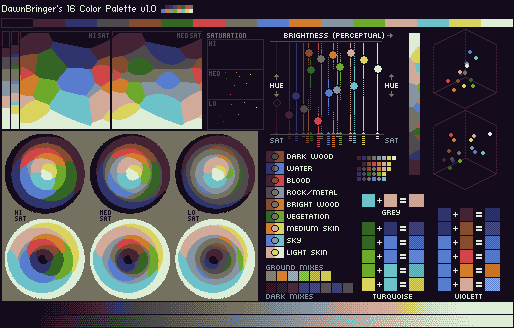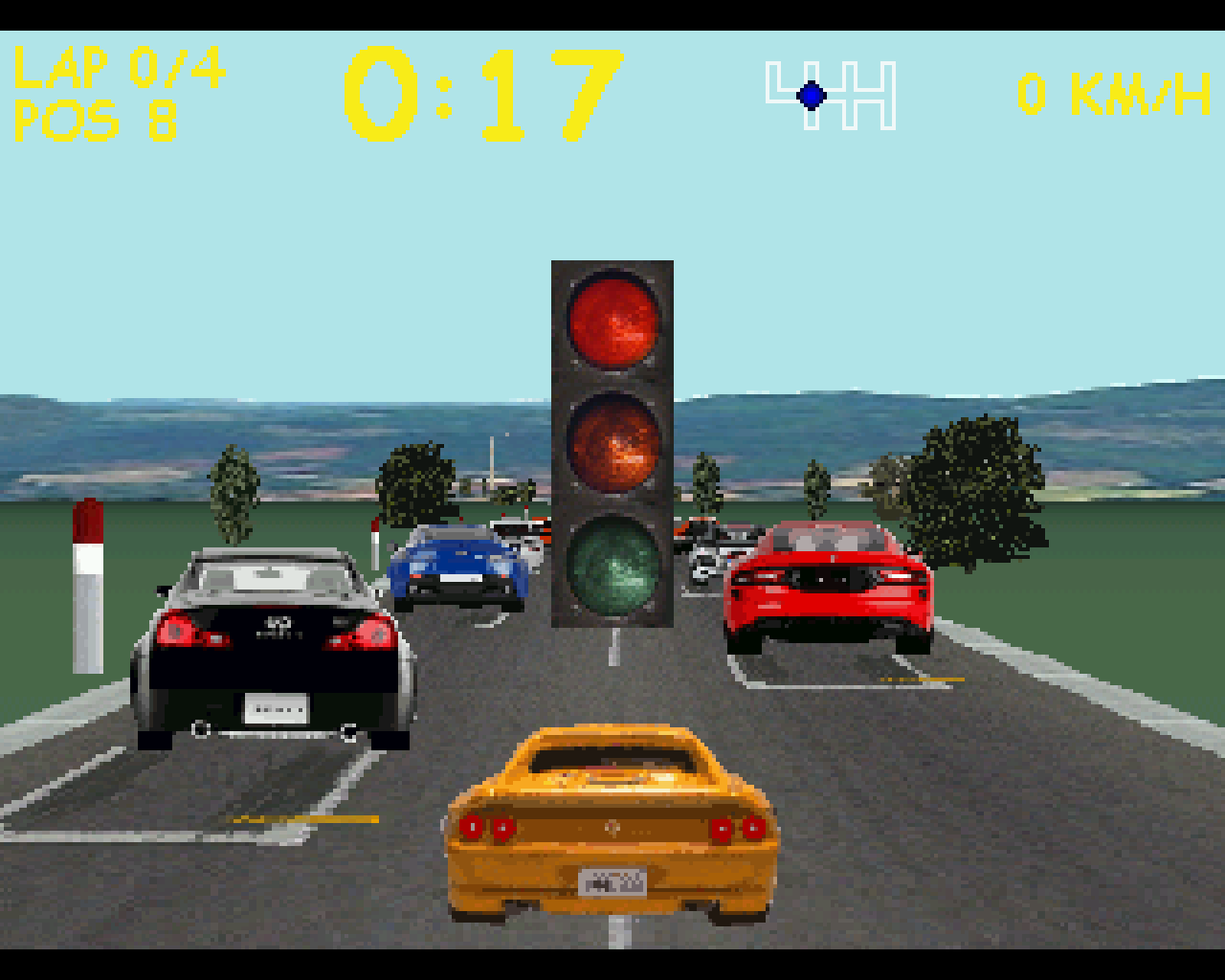
Back in 2005 we had a massive thread regarding the game Elite on atari-forum.com and I translated a somewhat helpful document to English back then.
This now goes here so I don’t forget about it 
Elite tips & tricks (provided by keili, translation by ssb)
The goal of Elite is to reach the rank of ELITE as soon as possible.
To reach this goal there are 5 missions in the game that the player should accept and fulfill in order to become ELITE. It is evident that the player should be fully able to fly the Cobra MKIII in any situation. Make sure you have installed the following equipment before attempting the first mission:
- military laser front and aft
- ECM
- docking computer
- energy unit
- fuel scoop (NOTE: Always useful to add cargo and fuel to your ship!)
- intergalactic hyperdrive
1. Mission: Search’n’Destroy the Constrictor
This mission will lead you through several galaxies. While chasing the Constrictor craft, you’ll get a next destination communique at every station you dock. Visit these systems one after another. As soon as you have found the Constrictor, it will appear as a Thargoid ship on your radar. Take care as the Constrictor has awesome firepower – about the same as a Thargoid so beware. Destroy the Constrictor and dock to the next station to gain a reward of 10000 credits.
NOTE: I think I’ve read somewhere that one can collect equipment from the blasted Constrictor. However as far as I remember all I could get into my hold were computers I could sell.
2. Mission: Transport vital and secret Thargoid documents
The player needs fiercy tactics to hold out and survive. It is helpful to equip your ship with retro rockets.
As soon as you have the documents, only Thargoids will attack you from now on. NOTE: And up to 4 of them at a time!
The best tactic is to point your ship’s aft at the planet, use the retrorockets and fire at the Thargoid ships to keep them at bay. Use the docking computer as soon as possible (in FAST mode  I add).
I add).
Transfer the documents. You will gain a Naval Energy Unit that will charge your energy as twice as fast as the normal unit.
3. Mission: Save a station crew from a supernova
You cannot get this mission at a station. The player has to look for it himself.
Look for your Elite Score. Around 270000 points, you should lookout for mission 3. Look on the local star chart for a star that is going to become a Supernova soon. Find and fly to it. The message “Fuel leak” will appear. Fly to the sun and scope up fuel.
Now fly to the station and pick up the people there. Launch and immediately jump to a target system. The sun will go supernova in 15 seconds so you have to be fast. At successful docking somewhere else you’ll get a reward of 1kg of gem stones. NOTE: Normally you buy those in gram quantities 
4. Mission: Search’n’Destroy the Cougar
When you enter a space station, you will be told that there is a special ship in orbit which can cloak itself and jam other ship’s systems. The player can decide if he wants to fulfil this mission. You are not forced to accept it. However it is impossible to reach ELITE without blasting the Cougar.
To find the Cougar, point your ship at the sun and use the short distance jump. You’ll detect 3 ships on your scanner then. The Cougar and with 98% probability two Asp MKII.
Blast the ASPs with an energy bomb and, important, use the retro rockets. Target the cougar and open fire. Use the retro rockets when the Cougar opens fire. Stop firing as soon as the Cougar explodes or you will destroy precious cargo containers. Use the fuel scoop to collect the containers and get the cloaking device. Use key ‘Z’ to activate the cloak. (NOTE: I don’t know for which keyboard layout that goes, I assume German one but would try out anyway.) It takes a lot of energy to cloak so choose wisely when to activate it.
5. Mission: Destroy a station invaded by Thargoids
Someday you’ll get a message that the Thargoids have started to invade the galaxy. Make sure your Cobra is fully equipped with the cloaking device, 4 rockets, military lasers, naval energy unit and enough fuel to run.
From now on, all orbital statations are occupied by Thargoids. Their appearance will alter as well. Fly to a planet with a high industrial rating (12 or so). On your way, Thargoids will attack you so it might be useful to reuse your tactics from the documents mission.
Use missiles to destroy the station when in range. Thargoid occupied stations have no ECM fitted. Make sure the station has been destroyed. You will gain an ECM jammer that will deactivate ECM systems on other ships. Press ‘L’ to actviate the jammer.
NOTE: I suppose one has to fill up at the sun in order to leave the system as you will destroy the only station.
Generic notes:
In a “Drive malfunction” situation, you are in deep trouble. Keep the Thargoids at bay while your systems will be repaired automatically. Select a new hyperspace destination and attempt to hyperspace after 5-10mins. Sooner or later the drive will work again.
Later in the game it is wise not to use the escape pod. You will use all your ELITE score to go for the next mission. The score will still display but you will have to collect as much points again. Next mission every 90000 points so if you have 80000 and use the escape pod, you’ll have to make 180000 for the mission. Destroy enemy ships to gain score.
Do not buy the cute Trumbles. They will breed and occupy your cargo hold. Fly to the sun to roast them in order to make a ball of furs out of them. That is a rumor and noone will guarantee it will work.
[…]
To the beginner, the following ships are dangerous and mostly deadly: (Target them and press ‘I’ to get a ship ID)
Asp MKII
Wolf MKII
Thargoid
They are deadly in 90% of all cases so save your game everytime you dock!
NOTE: I personally don’t think the Asp is that dangerous. Beware of Geckos, I think those are more deadly. You can kill an Asp with a missile which won’t work on Geckos.
If a Thargoid spreads small daugther ships, you will be able to scoop them up to get “Alien Items” in your cargo hold.
….
Some more personal tips by Simon Sunnyboy:
- Do not attempt piracy in democracy or corporate state worlds. Choose Feudal or Anarchy.
- Do not shoot space stations. You won’t be allowed to dock with the computer then and the police will come to shoot you.
- If you pirated in a system (blasting yellow cargo ships), the police will probably appear near the station. You can only dock manually then if you manage to survive.
- Buy a fuel scoop soon and collect cargo canisters when you blast an enemy. Get precious cargo for free. A simple Sidewinder worth 5 credits of bounty might turn into a 150 credits fortune if you sell its cargo of machinery or computers.
- Avoid selling firearms, slaves and narcotics at friendly worlds. Feudal or Anarchy won’t care.
- Safest worlds are either democracy or corporate state. Less pirates will attack you on your way.
- Always use the ID feature of your gun sight to check who is attacking you.
- Blast Thargoids and Wolf MKII first if you detect any in a formation.
- The cargo hold expansion is a must-have for any privateer scooping up cargo.
- If you want to buy goods yourself, check your planned destination first to decide which goods to buy. Food won’t sell on an agricultural world

- Save early, save often!
- The Atari ST version offers RAMSAVE which is rather quick. Use it if playing on a real machine, just don’t forget to save to disk before switching the machine off.
Have fun, Elite rulez hard!




